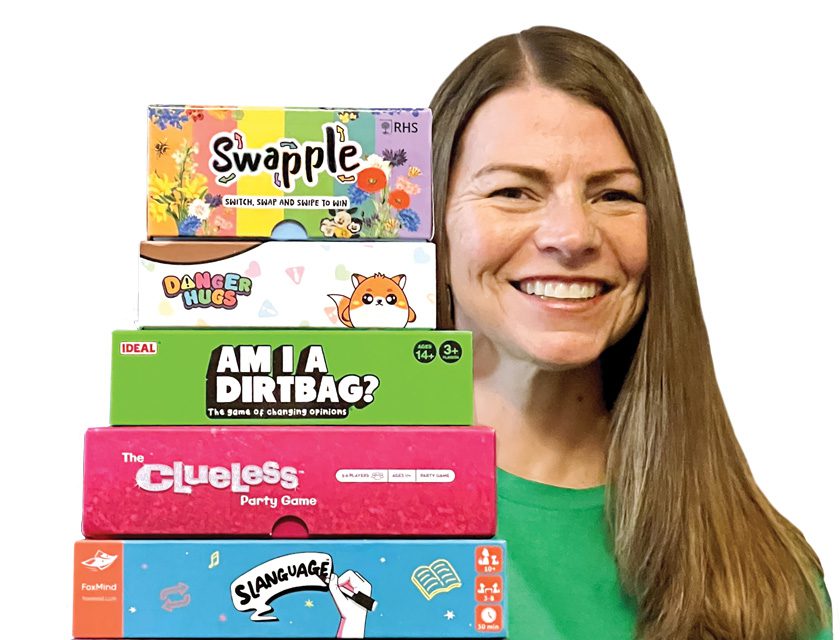
JOURNEYS OF INNOVATION
J. Kevin White brings practical solutions to communities that lack basic eye health care
BY WHITNEY PANDIL-EATON
Accompanied by his wife, Rebecca, and two teenage sons, military veteran and inventor Kevin White traveled some 7,000 miles by plane from Maryland to Namibia and then drove hours more through the rugged, baked Namib desert of Namibia to test the vision diagnostic equipment he had spent more than a decade perfecting and to ask a simple question: “What do you see?”
Standing at the base of the nearly 1,000-foot-tall hill that defined his small village, a 13-year-old boy answered through a translator that he could see the hill, but not much else.
Handing the young man a pair of prescription glasses, its strength determined using White’s invention only 15 minutes prior under a pop-up tent built next to his school, White again repeated the question.
“His mouth dropped,” White said. “He goes, ‘I can see that bush. I can see that rock. I can see that tree. I can see that goat. I can see my friend.’ And he goes up and up and up [the hill], and he‘s just pointing everything out. And at the top of the hill were two trees. And he starts screaming, I mean, screaming and jumping up and down. ‘I can see the two trees! I can see the two trees!’”
Standing nearby, the school principal explained to the men that while the village had an official name, it was never used, with locals opting to say they were from “the village with two trees.”
Reflecting on that emotional day from 2018, White said: “That was [the boy’s] entire geographic identity. And he‘d never seen them before.”
That teenager, who was on the verge of getting kicked out of school after being held in the second grade for years due to failing grades, moved up two grade levels within six months of receiving the eyeglasses.
Although this story has a happy ending, many others do not.
Globally, more than 2 billion people suffer from refractive error, often known as near or distance vision impairment, according to 2023 data from the World Health Organization (WHO). Of that total, the United Nations agency notes that more than half of cases could have been prevented.
This is a fact that White, an eyeglasses wearer since age 7, cannot abide.
Vision problems impact every aspect of life from education to employment. For children, WHO observed that many with vision impairment “experience lower levels of educational achievement,” while adults face “lower rates of employment and higher rates of depression and anxiety.” In total, researchers estimate annual productivity losses of $411 billion globally due to vision problems.
Touching his own pair of eyeglasses in reflection, White said, “I couldn’t do what I’ve done. I couldn’t have gone to the Naval Academy. I couldn’t have done all of these things [without eyeglasses] … I thought about the moms and dads and kids with vision problems … I couldn’t live with it.”
White has gone from vision sufferer to patented inventor. He is now a global eye health advocate who is working to bring practical solutions to communities that lack basic eye health care through his patented USee Vision Kit and his Global Vision 2020 organization.
For the entire story, see https://www.uspto.gov/learning-and-resources/journeys-innovation/field-stories/serendipity-sharpened-focus.



